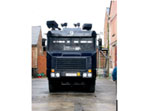 |
No problem has a single solution, nor is any solution comprised of a single component.
Capability development is the process of properly understanding the inability to deliver a particular solution – the capability gap – and providing options for solving that problem.
Assessments include understanding the:
- political context,
- resources considerations such as
- money,
- time and
- personnel,
and devising solutions that integrate:
- doctrine,
- policy,
- training,
- personnel,
- equipment,
- equipment support,
- logistics,
- political,
- media, and
- situation specific considerations.
At the Densus Group we have significant experience in the Capability Development approach, delivering efficient solutions to challenging problems, without preconception or agenda.
The car is but one solution of many, and a decision must have already been taken about preferred mode of transport, cost, personal preferences, environmental factors such as the distances likely to travel, etc. The options really include taking taxis, taking the bus, buying a motorcycle or a bicycle, and combinations thereof and other possible solutions. Likewise there are a myriad of factors about which car to buy, including considerations about miles per gallon, warranties, maintenance schedules and cost, learning to drive this particular car (blind spots, position of buttons and levers, handling at speed), resale values, ongoing costs and the like.
If buying a car is so complex, how much more complex must protecting a company and its employees from protestors or an ongoing coup, delivering communications to a small nation, achieving a non-combatant evacuation in a hostile environment or securing smuggled contraband aboard a ship promising a hostile reception?
|
| Purchase a piece of equipment
which has produced excellent results
in a neighbouring country with a
similar problem.
|
|
A new weapon to support units on operations. |
|
 |
= |
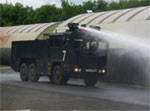 |
|
| |
|
| A study by experienced professionals of
the nature of the problem, the desired
outcome, similar systems in use in other countries
and other products on the market. |
|
A re-design of doctrine and the
amendment or creation of tactics to integrate
the new equipment to existing procedures. |
|
Thorough training for users, commanders and
units that will be supported by the new equipment. |
|
A new capability, fully integrated
and understood at all levels of command. |
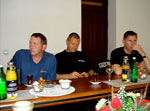 |
+ |
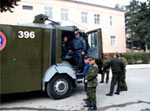 |
+ |
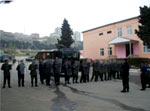 |
= |
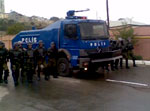 |
|


